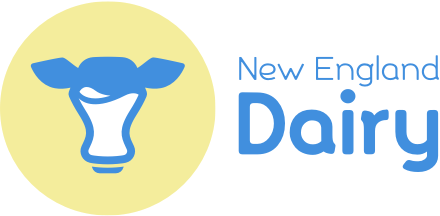Connecticut Dairy:
Part of the Climate Solution
Connecticut is home to about 100 dairy farming families. When you buy dairy, you’re choosing local foods that are good for you, your community, and the planet.
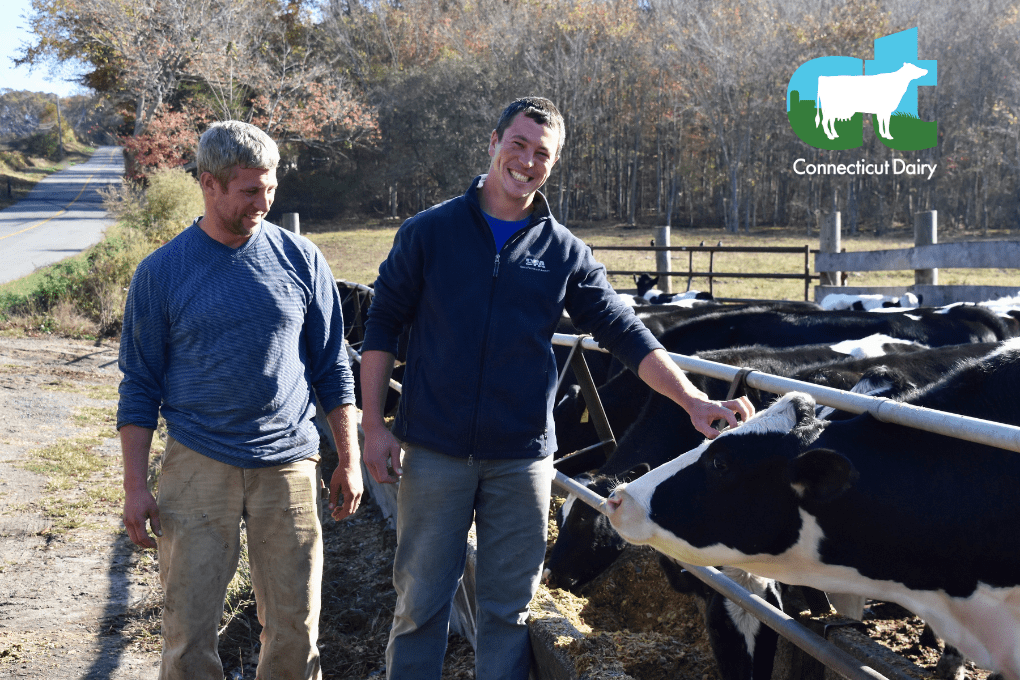
Test your knowledge! How much do you know about dairy sustainability?
Quick facts about dairy farming in Connecticut:
- Connecticut dairy farmers care for 67,000 acres of land, helping to maintain Connecticut’s beautiful landscapes.
- Connecticut dairy provides 12,277 direct jobs, contributing more than $547 million to local economies.
- In the past five years, dairy farmers have given $353,000 to improve school meal programs in the state.
- Milk is one of the original farm-to-table foods, typically arriving on local grocery shelves in just 48 hours (sometimes less!) from dairy farms in our region.
- There are several ways dairy farmers reuse manure, including using it as fertilizer on their fields, turning it into compost, and converting it into clean, renewable electricity. A Connecticut dairy farmer even invented CowPots – a biodegradable planting pot made from cow poo.
Dairy’s Surprising Tie to Renewable Energy
The U.S. dairy industry is committing to carbon neutrality by 2050. See how dairy farmers are using “cow power”—among other sustainable practices like manure management—to ensure dairy is part of the environmental solution.
Learn MoreDIY Milk Jug & Carton Planters
Upcycle your plastic milk jugs and cardboard milk cartons with this spring craft that kids will love!
More DIY Activities for Kids
3 Reasons to Include Dairy in a Plant-Based Diet
People are starting to wonder how their food choices impact the environment. The truth is, our food system is complicated and plants and dairy foods are highly connected. Without dairy, emission reductions would be minimal and it would eliminate a great source of accessible and affordable nutrient-rich foods.
Learn More-
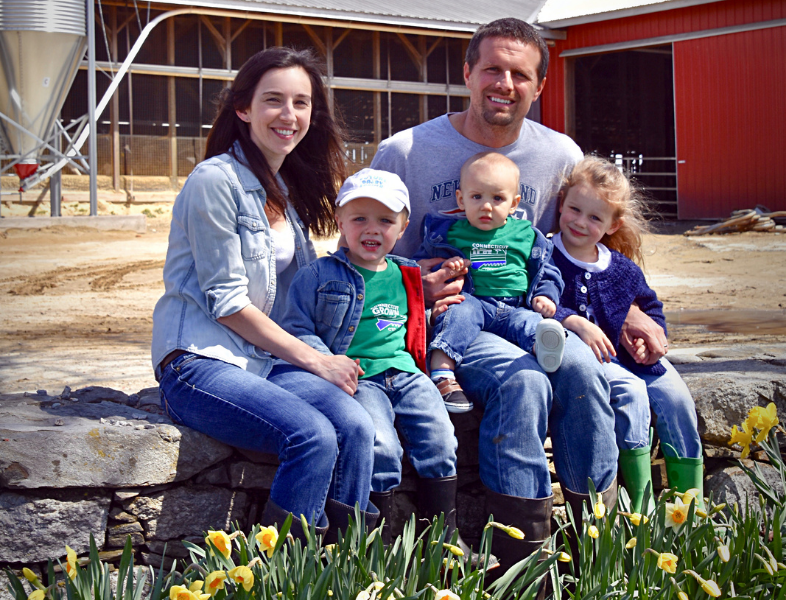
Meet Local Dairy Farming Families
Get to know your local dairy farmers in Connecticut.
Meet Farm Families -
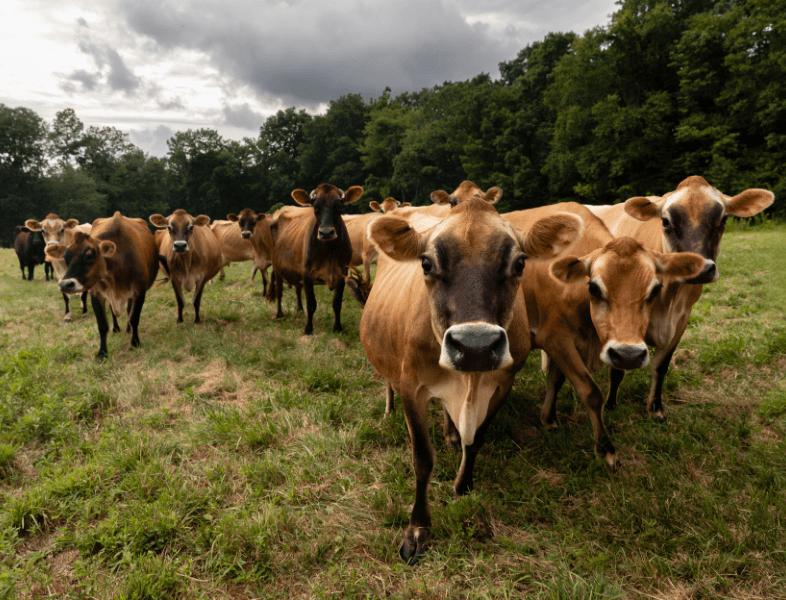
Sustainably Produced
Learn about sustainable farm practices and how the dairy industry is working towards carbon neutrality.
Learn More -

Delicious & Nutritious Recipes
Check out our recipe library with a variety of options for different lifestyles.
Get Recipes -
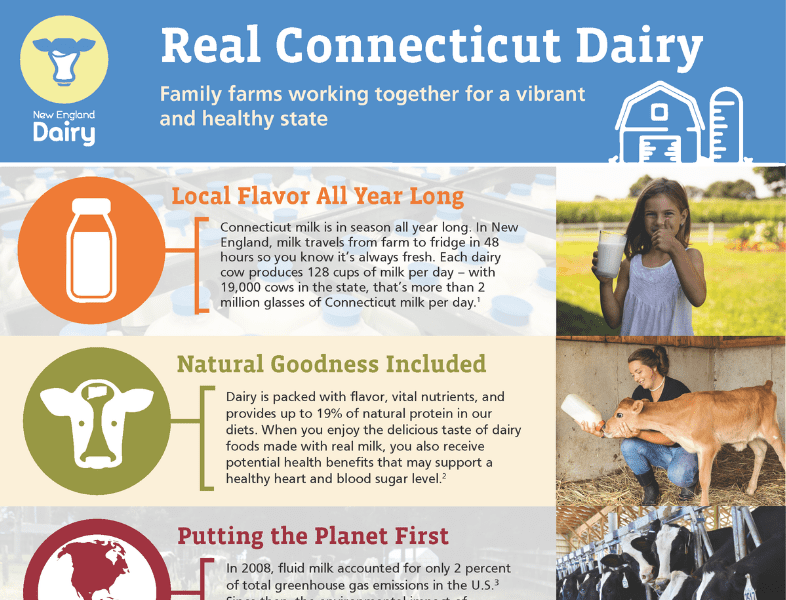
Connecticut:
The Value of DairyA front and back one-pager resource that breaks down the importance of dairy and dairy farming to the state of Connecticut.
View & Download -
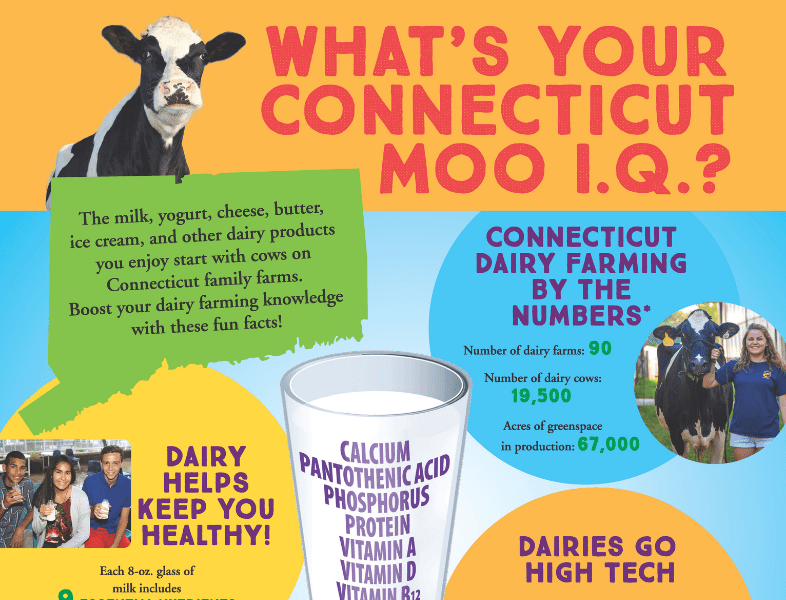
What's Your Connecticut Moo I.Q.?
A kid-friendly resource. Boost your "Moo I.Q." with these fun facts about dairy farming in Connecticut.
View & Download -
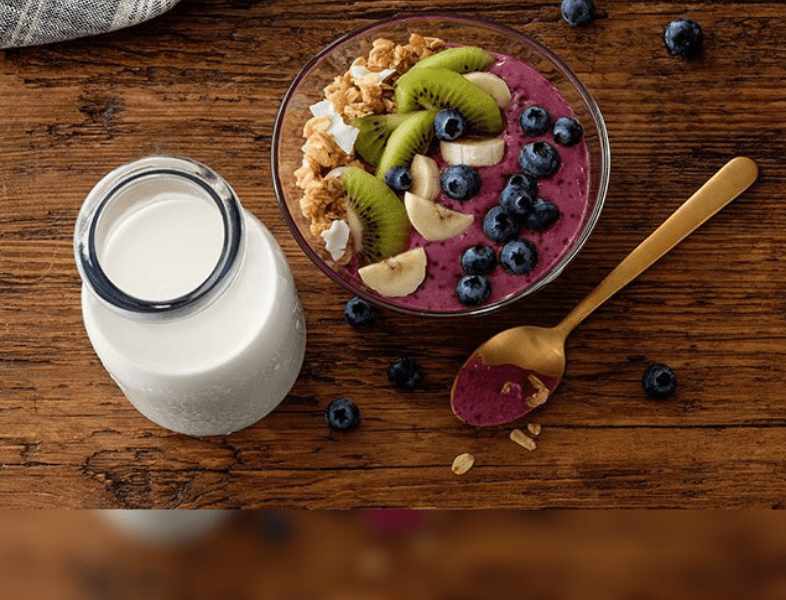
Dairy & Your Health
Dairy’s health benefits are supported by a robust body of science that continues to grow.
Learn More
